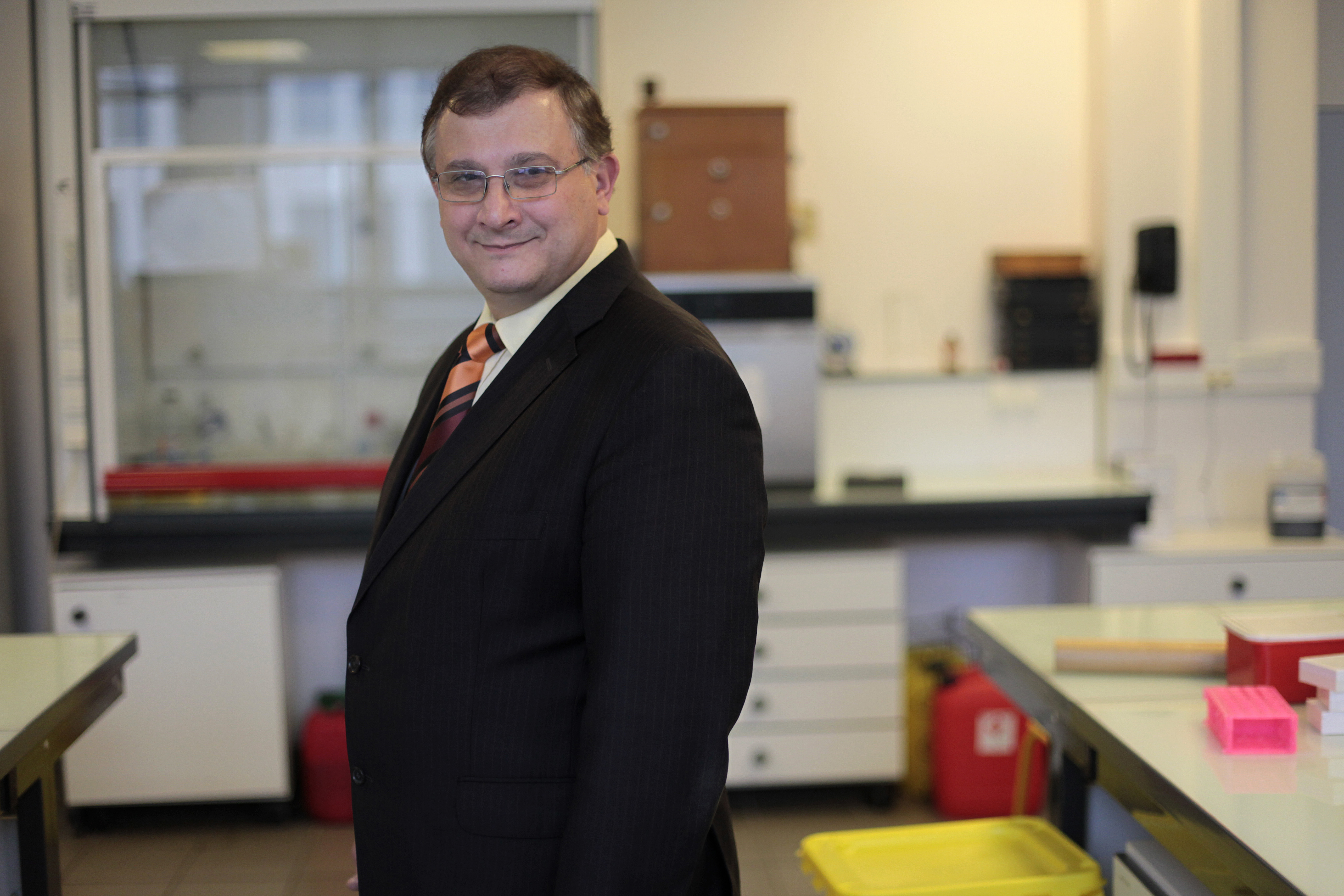I have just learned that a small number of representatives of the six [French scientific] Academies (Science, Medicine, Technology…) have come together to release a joint statement regarding the study by Prof. Séralini.
Even without having read their statement, I have to draw the public’s attention to the fact that it did not engage any of these academies in their entirety. Indeed, a group of experts was convened in an emergency, we do not know by whom, no one knows how, with a total lack of transparency in the selection of its members, and on the basis of two representatives from each academy. These people have seen fit to write in a very short space of time an opinion highly critical of this study. They cannot claim to embody the opinion of the entire French scientific world, and it would be a crime to suggest that they do.
As the only member of the Academy of Sciences representing the discipline of statistics, it would have been normal for me to be consulted, yet that was not the case.
Representatives of the academies criticized the descriptive part of the study by Prof. Séralini on tumours, accusing him of not having established statistical significance. On the other hand, they ignored the toxicological part of the article – which was dealt with in a sophisticated manner using modern [statistical] methods.
In any article of this type, the descriptive part simply describes [the findings], without drawing a demonstrated conclusion. This is what is happening here, and I cannot find fault with the professional design of this component, whatever the small group of signatories of the motion may say.
In contrast, the toxicology component of the article has the great merit of studying the complete body of data gathered from analyses over a period of about 16 months. This part of the article leads, in turn, to the highlighting of statistically significant differences, subject, of course, to the condition that the analysis has been properly done, and I see no reason to think that this was not the case.
I think the study has suffered a bad trial, using bad arguments, carried out with a fury that is absolutely suspect, given the huge financial interests at stake. I want to say emphatically that the article by Prof. Séralini is at a high level of quality among articles of this category. You cannot reproach its scientific value, which is undeniable. You cannot attack its descriptive part, which does not seek to establish proof in a statistical sense, but to present the findings in a readable, purely factual manner. It is even more unusual that the release of the academies is not interested (if my information is correct) in the toxicological analysis part of the study, which makes use of confidence levels established by the usual statistical rules.
Paul Deheuvels, Member of the Academy of Sciences, France, and the Academy’s sole statistician (1)
(1) Deheuvels P. L’étude de Séralini sur les OGM, pomme de discorde à l’Académie des sciences [The Seralini GMO study – A bone of contention at the Academy of Sciences]. Le Nouvel Observateur. 19 October 2012. http://www.gmwatch.org/latest-listing/51-2012/14336

















